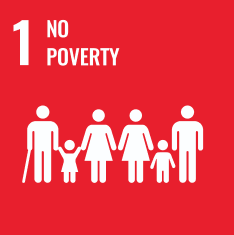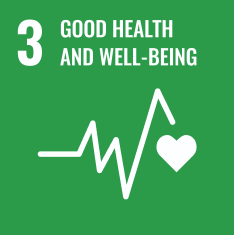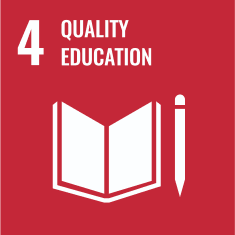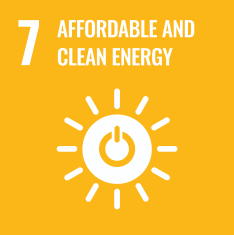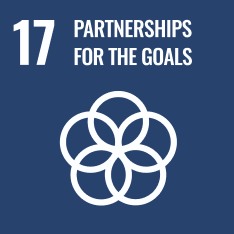.png)

GCM Cross-cutting and interdependent guiding principle: gender-responsive
Read More
Read Less
The Global Compact ensures that the human rights of women, men, girls and boys are respected at all stages of migration, that their specific needs are properly understood and addressed and that they are empowered as agents of change. It mainstreams a gender perspective and promotes gender equality and the empowerment of all women and girls, recognizing their independence, agency and leadership in order to move away from addressing migrant women primarily through a lens of victimhood".
Amr Taha
Senior Regional Liaison and Policy Officer, Regional Gender Focal Point
Remarks from RO Vienna
Read MoreThe 2030 Agenda for Sustainable Development recognizes that migration
is a powerful driver
of sustainable development, for migrants and their communities. It brings significant
benefits
in the form of skills, strengthening the labour force, investment and cultural diversity,
and
contributes to improving the lives of communities in their countries of origin through the
transfer of skills and financial resources. Migration is specifically referenced in in
Sustainable
Development Goal (SDG) Target 10.7 under the goal to reduce inequalities and to “facilitate
orderly, safe, regular and responsible migration and mobility of people, including through
the
implementation of planned and well-managed migration policies”. Nevertheless, migration
is a cross-cutting issue relevant to all of the SDGs. Further, the SDG’s motto to “leave no
one
behind” is a clear call for sustainable development to be inclusive, including for migrants.
Both the GCM and the 2030 Agenda recognize that equal rights, responsibilities and
opportunities of all individuals regardless of gender are critical to ensure safe, regular
and
orderly migration, and indispensable for sustainable development. It is crucial to
understand
how gender interacts with migration and to respond accordingly. Gender influences reasons
for migrating, who migrates and to where, how people migrate and the networks they use,
opportunities and resources available at destinations, and relations with the country of
origin.
Risks, vulnerabilities and needs are also shaped in large part by one’s gender, and often
vary
drastically for different groups. The roles, expectations, relationships and power dynamics
associated with being a man, woman, boy or girl, and whether one identifies as lesbian, gay,
bisexual, transgender and/or intersex (LGBTI), significantly affect all aspects of the
migration
process, and can also be affected in new ways by migration.
The language used to describe sexual orientation, gender identity, gender expression and sex
characteristics (SOGIESC) varies greatly across the world and is dependent on such factors
as
location, language, age, gender and cultural references. However, there are some terms
commonly used within the international context. We recognize that many of these terms are of
Western origin, and that, in particular, the terms lesbian, gay, bisexual, transgender and
queer
represent concepts of personal identity that are not universal. Many people use other terms,
or no terms, and it is critical to respect the autonomy of individuals in defining their own
identities.
The 2030 Agenda for Sustainable Development recognizes that migration is a powerful driver of sustainable development, for migrants and their communities. It brings significant benefits in the form of skills, strengthening the labour force, investment and cultural diversity, and contributes to improving the lives of communities in their countries of origin through the transfer of skills and financial resources. Migration is specifically referenced in in Sustainable Development Goal (SDG) Target 10.7 under the goal to reduce inequalities and to “facilitate orderly, safe, regular and responsible migration and mobility of people, including through the implementation of planned and well-managed migration policies”. Nevertheless, migration is a cross-cutting issue relevant to all of the SDGs. Further, the SDG’s motto to “leave no one behind” is a clear call for sustainable development to be inclusive, including for migrants...
Read MoreGCM Cross-cutting and interdependent guiding principle: gender-responsive
Read
More
Read Less
The Global Compact ensures that the human rights of women, men, girls and boys are respected at all stages of migration, that their specific needs are properly understood and addressed and that they are empowered as agents of change. It mainstreams a gender perspective and promotes gender equality and the empowerment of all women and girls, recognizing their independence, agency and leadership in order to move away from addressing migrant women primarily through a lens of victimhood".
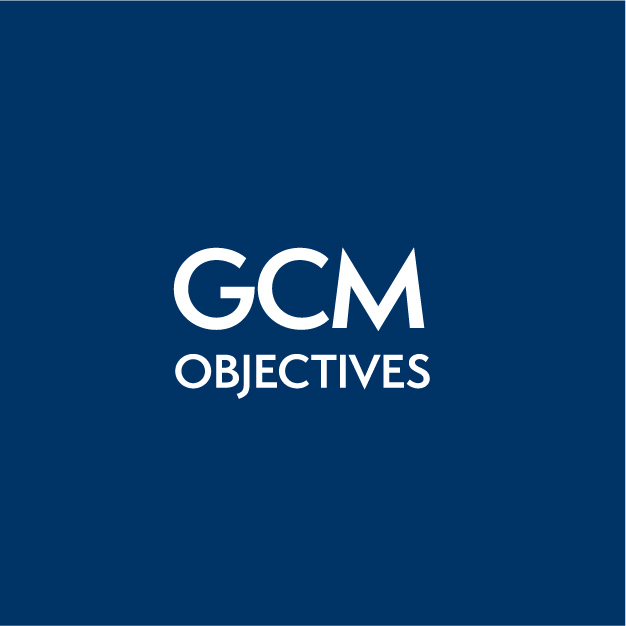
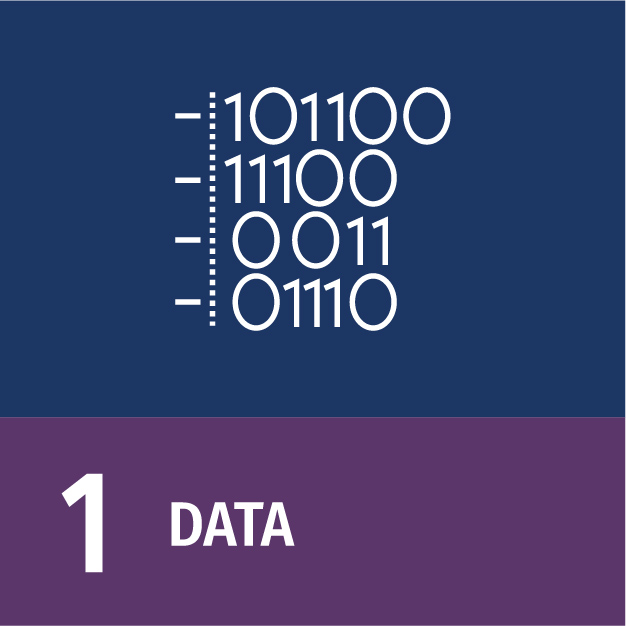
Objective 1

Objective 2

Objective 3
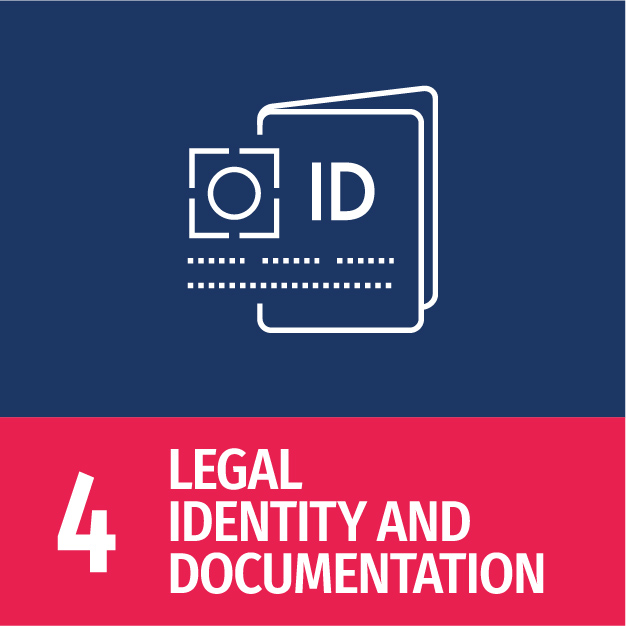
Objective 4
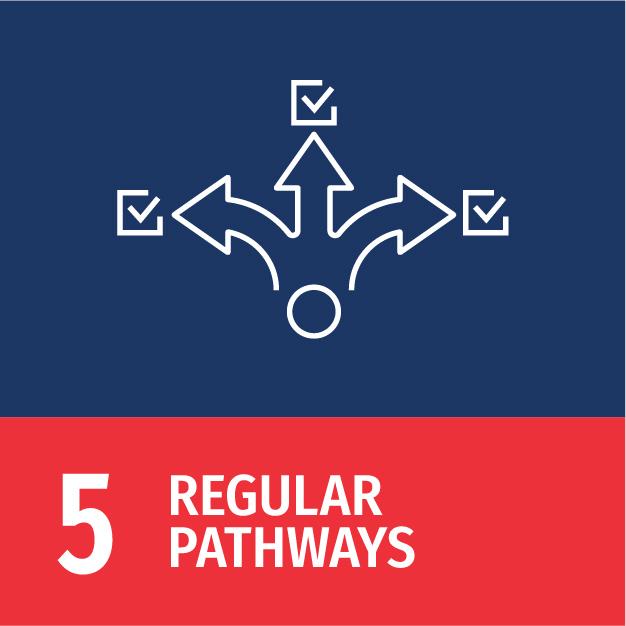
Objective 5

Objective 6

Objective 7

Objective 8

Objective 9
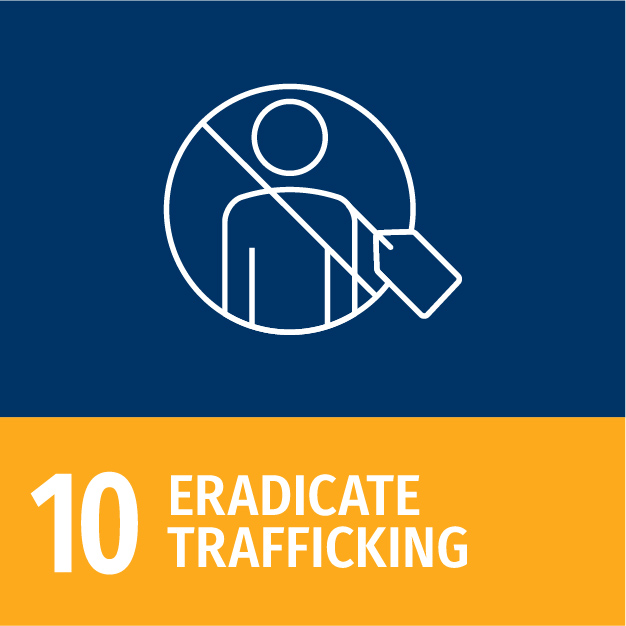
Objective 10

Objective-11
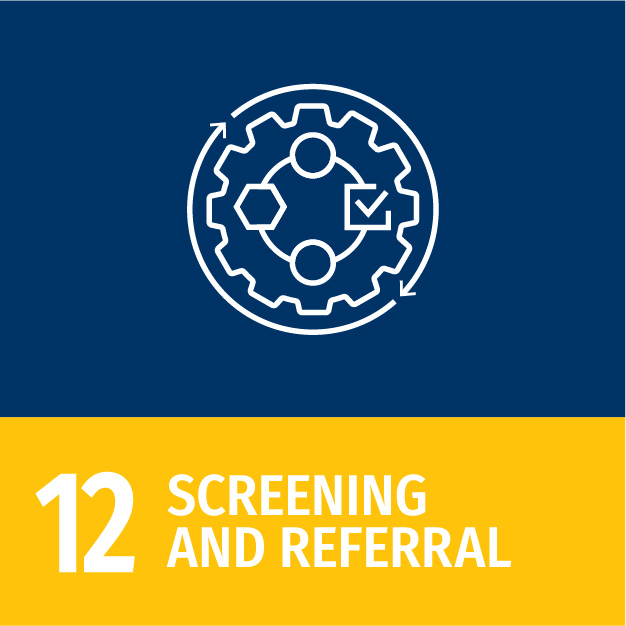
Objective 12
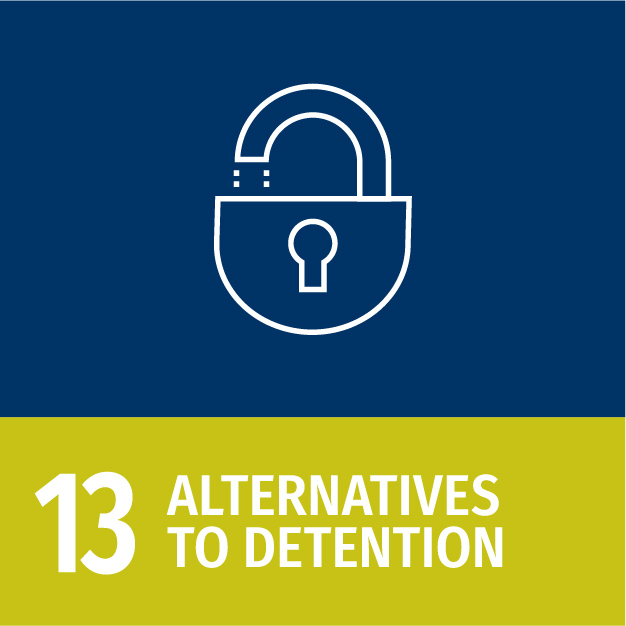
Objective 13
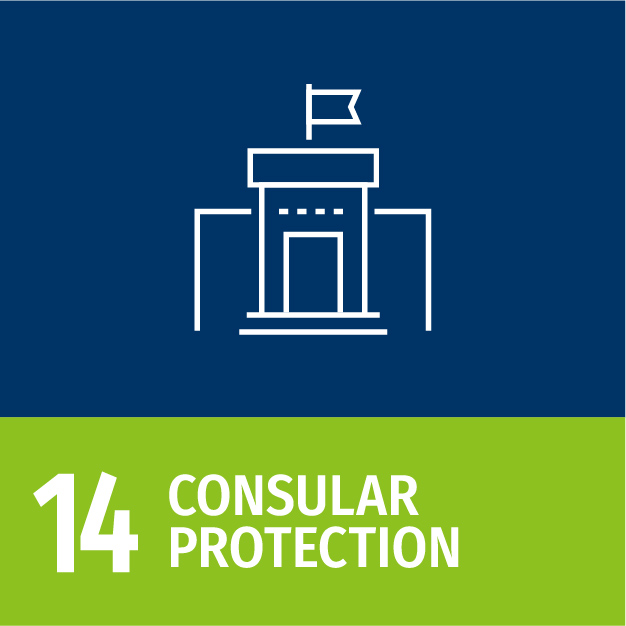
Objective 14
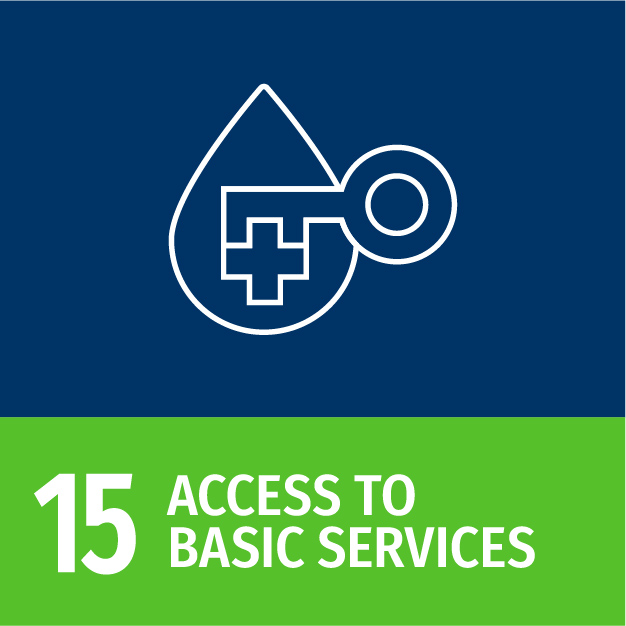
Objective 15

Objective 16

Objective-17
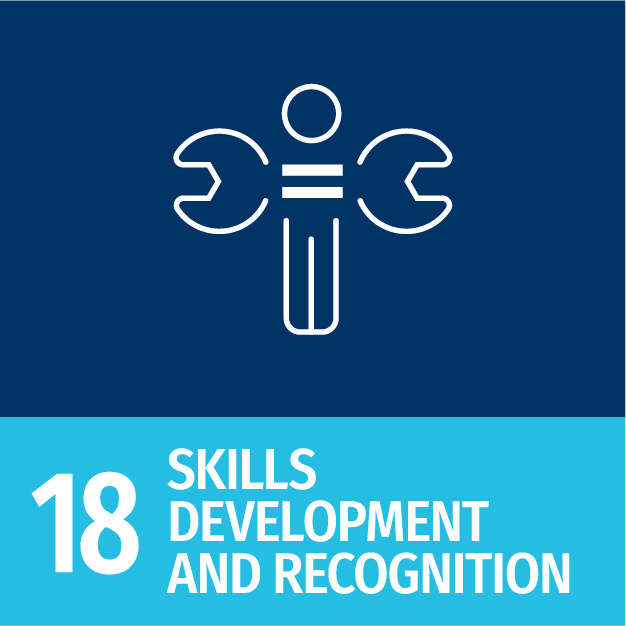
Objective 18

Objective 19

Objective 20

Objective 21
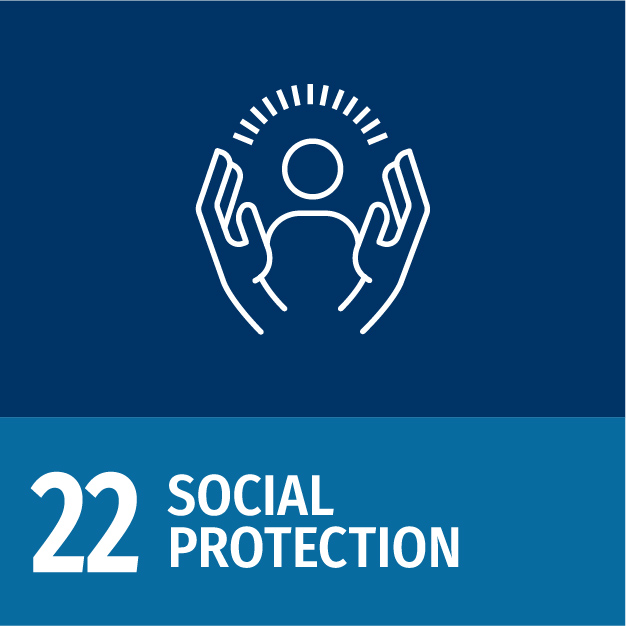
Objective 22

Objective-23
This Framework Matrix has been produced by the IOM Regional Office for South-Eastern
Europe, Eastern Europe and Central Asia (SEEECA) Policy and Liaison Team to illustrate
the important linkages between gender sensitive approaches when implementing the Global
Compact for Migration (GCM) and the Sustainable Development Goals (SDGs).
In highlighting the interlinkages, this guide aims to support policy makers and project
managers to highlight the impact of their projects during policy or project inception,
monitoring, evaluation, reporting accountability and learning. Additionally, through
clearly delineating the importance of migration to leverage sustainable development and
gender issues, this guide is designed to support coherent planning and integration of
migration in states’ Common Country Analyses and UN Sustainable Development Cooperation
Frameworks. It will also be of assistance when advising governments to ensure migration
policy and programming takes a gendered approach. It is also of interest to those
working specifically on gender topics that wish to incorporate migration into their
work. At a strategic level, this guide can be used as a reference tool when supporting
governments and stakeholders ensure that gender is considered in reporting activities,
for example when preparing voluntary submissions on the GCM and high-level political
forums of the SDGs. It is designed to support people working in migration programming
and policy to ensure that gender mainstreaming, gender equality and gender sensitivity
is integrated in the implementation of the GCM and SDGs, in planning, programming and
policymaking.
The Framework Matrix is laid out according to the 23 GCM Objectives; followed by the
SDGs which are relevant to migration as a cross-cutting theme; followed by the relevant
international instruments which pertain to gender. This includes general guidance on
best practices, international instruments, legislation, tools, policies and approaches
which have been developed to ensure gender equality and gender mainstream is considered.
Please send feedback, questions or corrections to: rovienna@iom.int
Version 1.0 - Published on 8th March 2021 – International Women’s Day
Version 2.0 – Published on 15th July 2021
The findings, interpretations and conclusions expressed herein do not necessarily
reflect the views of IOM or its Member States. The designations employed and the
presentation of material throughout the work do not imply the expression of any opinion
whatsoever on the part of IOM concerning the legal status of any country, territory,
city or area, or of its authorities, or concerning its frontiers or boundaries, or legal
status.

